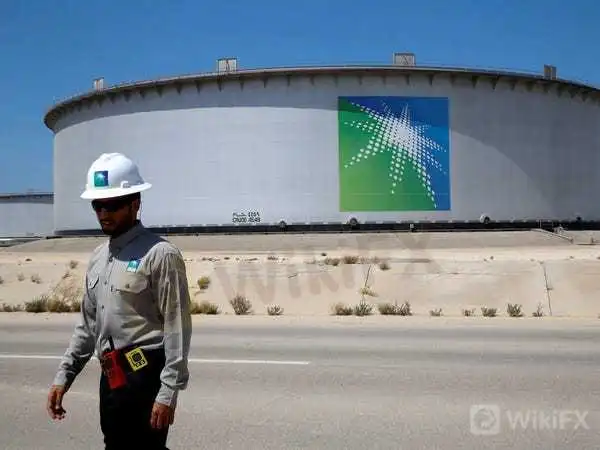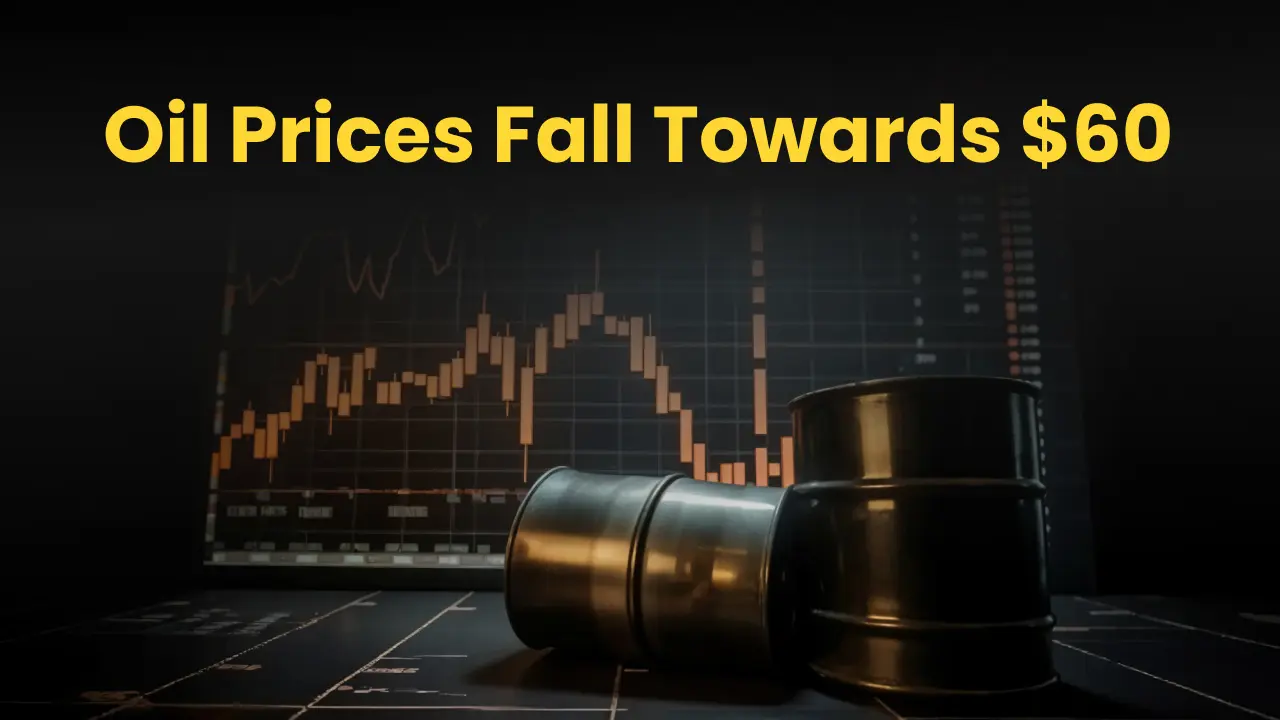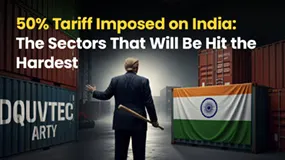Oil Prices Drop as OPEC+ Pauses Supply Hikes Amid Oversupply Fears
Oil prices fell as OPEC+ paused supply hikes for early 2026, fueling oversupply concerns. A stronger U.S. dollar added to pressure on WTI crude.
简体中文
繁體中文
English
Pусский
日本語
ภาษาไทย
Tiếng Việt
Bahasa Indonesia
Español
हिन्दी
Filippiiniläinen
Français
Deutsch
Português
Türkçe
한국어
العربية
Abstract:Oil-producing countries will likely agree to cut supply, but the banking giant says even a steep cut won't reverse the price downturn.
A coalition of oil-producing countries known as OPEC Plus met Thursday to discuss paring back production as demand collapses in the wake of the coronavirus pandemic. The group outlined a deal to cut production by 10 million barrels per day in an effort to buoy the price of oil. But even a cut on that scale — amounting to 10% of global supply — won't be enough to reverse the downward trend in prices, Goldman Sachs said in a report published Thursday morning. The bank expects “a gradual recovery” in Brent prices, reaching $40 per barrel by no earlier than October, at which point it says inventories will start to wind down. Visit Business Insider's homepage for more stories.
The coronavirus pandemic has cratered demand for gasoline and jet fuel, causing the price of oil to collapse in March by as much as 65%. As a result, many oil and gas companies have been forced to layoff staff, slash capital spending, and close wells. But on Thursday, a coalition of oil-producing countries led by Saudi Arabia and Russia known as OPEC Plus met by video conference to discuss paring back production.The talks resulted in an outline of a deal to cut production by 10 million barrels per day (bpd), according to Bloomberg, or about 10% of global supply. Goldman Sachs expects those cuts to start on May 1. Ten million barrels in cuts sounds like great news for an industry reeling from a demand slump. But in a report published this morning, Goldman Sachs says even a cut on that scale will do little to prevent the price of oil from plunging further into the ground.In fact, the bank says the price of US crude will likely fall below $20 a barrel.
“While the prospect of a deal can support prices near current levels in coming days, we believe this support will soon give way to lower prices,” a group of Goldman Sachs analysts led by Damien Courvalin wrote on Thursday.Courvalin projects that the price of Brent crude, the international benchmark, will dip below its current level — around $33 today — and gradually recover to about $40 a barrel in October “as inventories start to wind down.” Brent was about $65 a barrel at the start of the year. Click here to subscribe to Power Line, Business Insider's weekly energy newsletter.

Saudia Arabia's state-run oil company, Saudi Aramco, will likely make some of the biggest cuts to production.
REUTERS/Ahmed Jadallah
'Too little too late'Stay-at-home ordinances to prevent the spread of the novel coronavirus have cratered demand for oil-based fuels, such as gasoline. This month, Goldman Sachs strategists estimate that daily demand will fall by 22 million barrels — a little more than what the entire US consumed last year.Next month, the bank expects a smaller but still substantial drop of 16 million bpd.
Read more: The meltdown in oil prices could soon see some producers actually paying people to take their oil. Here's how that could play out.This shock to demand is unprecedented, and it will be difficult to counter — even with large production cuts, according to the note. This is especially true for landlocked crude that has to travel by pipeline to reach a broader market. “Because of the already occurring demand collapse, a coordinated response is therefore likely to be too little too late for inland crude markets, especially in North America, leaving local prices to have to retrace their recent gains,” Courvalin wrote in a note published last week.Companies will be forced to shut-in wellsCore OPEC members including Saudi Arabia will likely cut their production levels by about 5 million bpd, the analyst said, relative to April levels.Meanwhile, the bank estimates that Russia and Canada will each trim around 1 million bpd, the US will cut 1.5 million bpd, and the remaining OPEC Plus producers and “a handful of new participants” will together cut an additional 1.5 million bpd.
Altogether, the production cut would total 10 million bpd, Courvalin said. He added that even a cut on that scale means that about 4 million bpd of supply “in excess of available storage capacity in both April and May” would have to be shut-in — in other words, companies would still have to shut down their wells and stop producing oil. As local storage fills up, Courvalin said the price oil will fall back below the cost of production for many producers. “Assuming that a deal is reached — our base case now — the key question will be whether its size and timing will improve global oil balances sufficiently to support prices above current levels,” Courvalin said. “This is key, as a cut that would prove too little too late would lead to storage saturation and additional necessary production shut-in, with distressed producers driving physical crude prices and spot oil prices sharply lower.”
Disclaimer:
The views in this article only represent the author's personal views, and do not constitute investment advice on this platform. This platform does not guarantee the accuracy, completeness and timeliness of the information in the article, and will not be liable for any loss caused by the use of or reliance on the information in the article.

Oil prices fell as OPEC+ paused supply hikes for early 2026, fueling oversupply concerns. A stronger U.S. dollar added to pressure on WTI crude.

Oil prices fell sharply this week as traders worried that OPEC+ might decide to pump more oil into the market at its upcoming meeting.

Finally, the day (August 27, 2025) arrived that India did not want. The imposition of 50% tariff by the US administration on most products exported from India. As per the US, the tariff is largely due to India continuing to purchase Russian oil. The extra 25% duty was added over 25% imposed at the beginning of August 2025 as India refused to stop purchasing Russian crude and defence hardware. Check out the sectors that will be hit the hardest with this tariff increase.

Demand expectations strengthen, driving up oil prices. Shale oil production activities slow down, leading to increased divergence between the International Energy Agency and OPEC.
